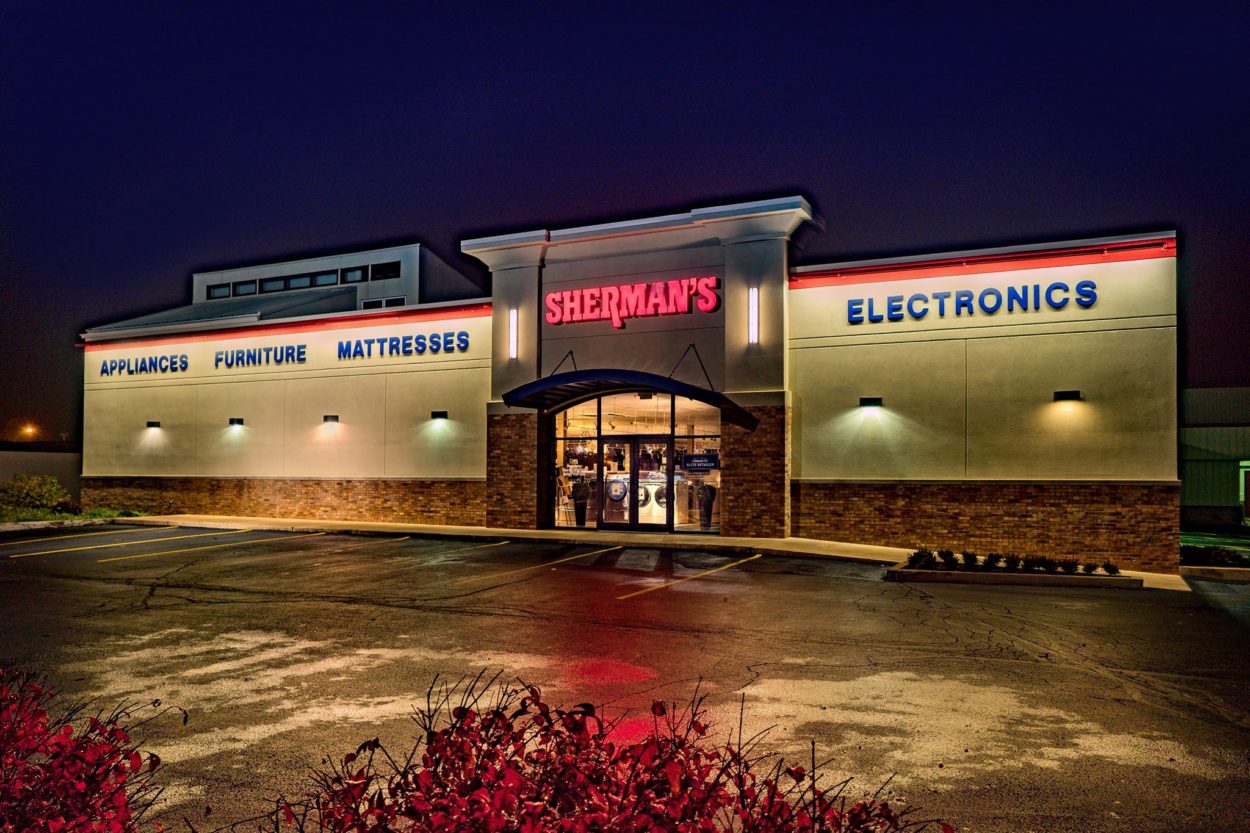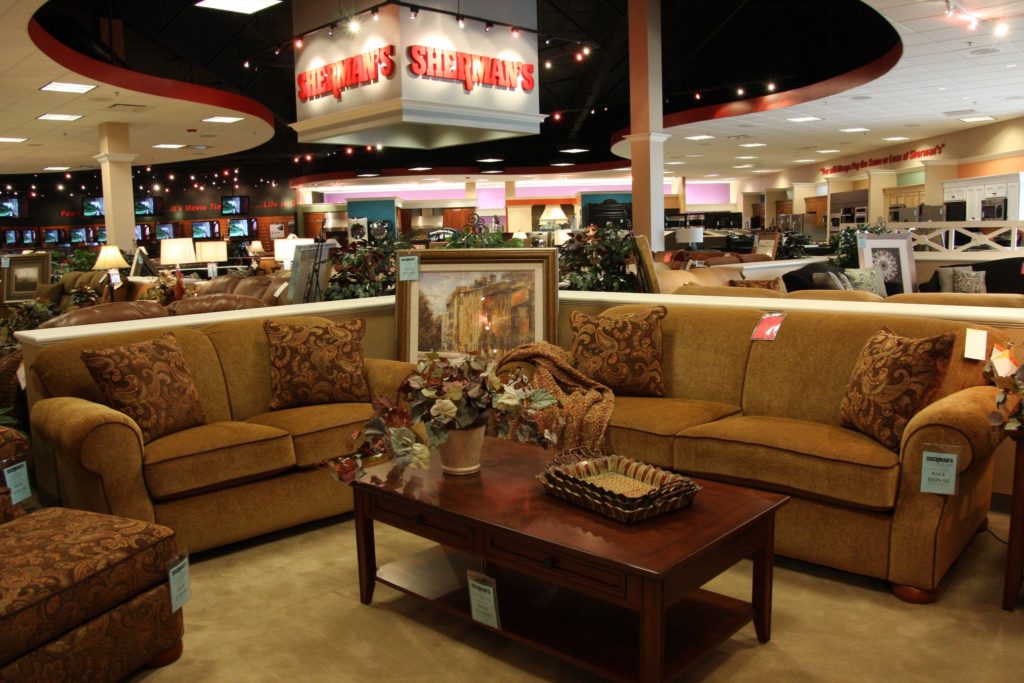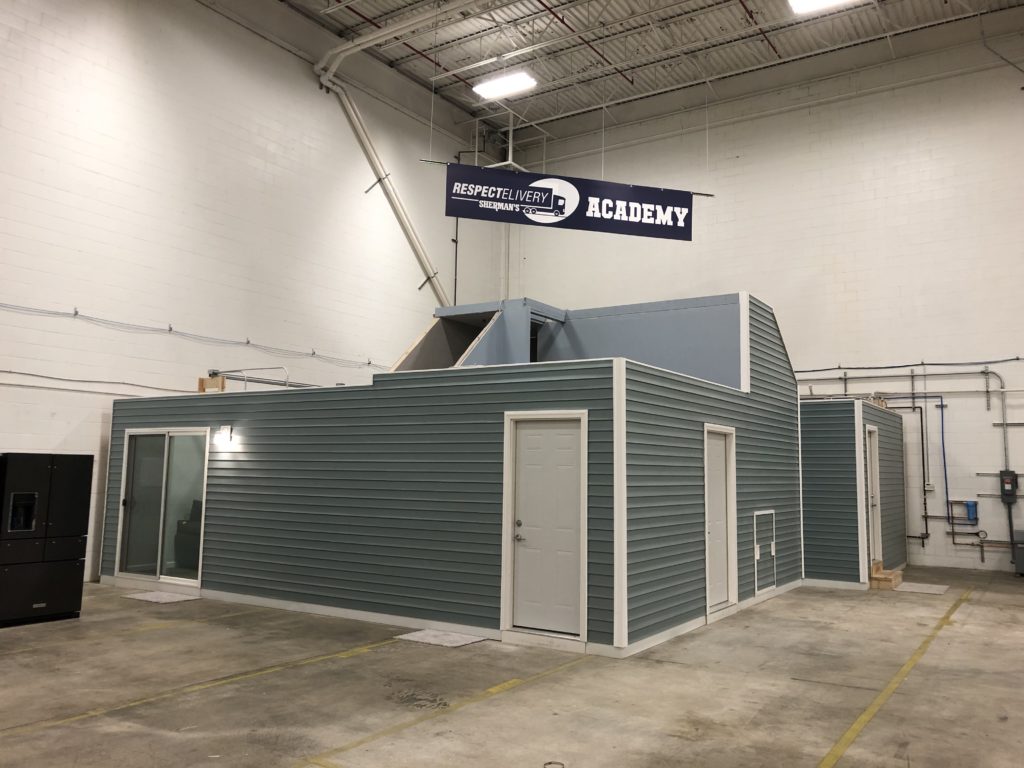Training happens in nearly every single profession across nearly every single industry. It may come in different shapes and sizes — athletes train in a gym or on their field of play; in technical fields, certifications are the reward for hours of training and test-taking — but the end goal remains the same. Training enables us to improve upon the skills needed to perform at the highest levels of our respective professions.
In the retail world specifically, training happens at various levels — from new product training, to installation training, sales floor training and so on. What’s common about all of these trainings and the courses involved is that they can typically happen in a classroom setting, or at a retailer’s store.
But when it comes to delivery teams, training often looks and feels a little different. The act of “training” a delivery person on how to carry and install heavy appliances and furniture often happens while out on an actual delivery. It’s basically baptism by fire, in the customer’s home, while they watch you navigate through their narrow hallways and door jambs.
“We used to start with showing new guys how to take fridges apart, put cords on, the day-to-day regimen of what you’ll be going through. And then we had the tough task of you have to do that real time in front of a customer who you’re trying to satisfy at the same time, which poses a lot of challenges,” explains Antwaun Banks, delivery manager for Peoria, IL-based Sherman’s. “You’ve got the customer watching, you’re trying to learn. And it frustrates the new guy if he makes a mistake right there. Plus, you could possibly damage the customer’s home and some of Sherman’s reputation in the process.”
Understanding those challenges and potential pitfalls of having to train while on the job, Antwaun and his team approach Sherman’s Owner and CEO Paul Sherman with an idea of how to improve delivery training.
“They had requested that we get a few of the most popular appliances in a corner of the warehouse and a couple of props. Maybe a doorway and a few stairs, just so you could do a little training on it,” Sherman recalls. “And I distinctly remember saying, ‘Yeah, I think we should put something like that together. No problem. But I’m not going to build you a house or anything.”
But as they began to build out the plan for what the delivery team actually needed to properly train, Sherman realized he may have talked himself into a corner.
“It was like, OK, we need a doorway to go through. Maybe a bigger one and a smaller one. Maybe one with a stair, simulating coming in from the garage,” he recalls. “And we certainly needed gas and water connections, different types of gas and water. We should probably show copper gas pipe, what you don’t connect to, too. And we need the stack laundry and side by side laundry, and a dishwasher simulated where somebody put a floor in front of it to make it harder. And a ceiling fan that’s low. And pictures on the wall.’ You see where this is going.”
The only answer became: A house.
Blessed with extra warehouse space that can fit something that resembles a real home, Sherman’s converted a portion of the second floor of its warehouse (an old brewery) into a full-blown training center. Launched in mid-2020 and branded as the Respectelivery Academy, Sherman’s puts new delivery crew members through a grueling 80-hour, 13-point training course. And only upon completion of the academy will the delivery person receive the keys to their delivery truck.
“You can definitely see the difference in us being able to have a more specialized crew out there,” says Banks. “The customer doesn’t have to watch us in the process of training.”
The house itself is an absolute obstacle course, specifically designed to try to trip up staff.
“What’s amazing about it, when they’re done with that, the confidence level they are starting with when they walk into their first home’s amazing versus all of those challenging situations,” says Sherman. “How do you take a sofa up into a split-level home and up around a staircase? Or how do you connect that particular kind of appliance we don’t see all the time? They’ve already been through it. They’ve seen that stuff, and they don’t have to wait until you run into that situation four months down the road and hope you’re with somebody who’s actually still training you.”
And beyond training new delivery staff, the home has allowed Sherman’s to continually train and educate current delivery crew on new products — both appliances and furniture — as they receive them.
“It’s not a good customer experience when you have to lay out thousands of dollars for an adjustable base mattress set, and then the guy who’s there is reading the instructions on how to build it,” says Sherman. “So, we have that all up there, and that’s part of their training. You go through that. Double reclining sofas. Disassembling them, putting them back together. All the different types of refrigerators and door reversals and taking the doors off that we could possibly think. And that inventory will just change with time. Whenever we have a popular product that’s a little bit new, we’ll just swap it out so they can go through pretty much anything they’d need to know about the installation process.”
As for the investment, Sherman notes that the home will basically pay for itself — and then some — in less damages. But there’s another side to the home that’s helped business as well. Sherman’s is able to market the academy and superior level of training their delivery team has been through.
“We put together a promotional video for our salespeople to use so when somebody asks, “They’re doing free delivery, why should I pay for your delivery?” We can show them in 90 seconds,” Sherman explains. “You want guys trained at this level. You don’t want guys without training messing your house up.”
The result: Delivery revenue has gone up for Sherman’s and their salespeople are much more confident in it and they sell the service at a higher level.
So, what was once thought of as an absurd impossibility for Sherman’s, their training house has turned into a revenue and respect generator for the Central Illinois retailer.
“Our guys get recognition like they’ve never experienced with this,” says Banks. “We give them a diploma, we get a Sherman’s Yeti with the Respectelivery Academy on there, which is a good touch. It just helps with the camaraderie to see everybody congratulate you for going through that process and throw accolades at you for what you accomplished. It’s been great feel for the culture.”






